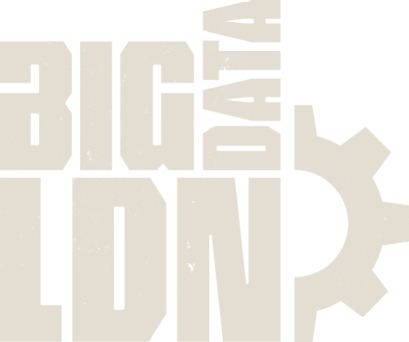Why use clustering in data mining?
Why use clustering in data mining?
Data mining is one of many processes organisations can use to analyse their collected data. The process of data mining allows businesses to gather useful information. The data can be analysed from a number of different perspectives in order to give businesses valuable information that can boost revenue or cut costs.
Data mining software analyses the relationships between and patterns within data. There are a number of different types of analytical data mining software available for use, including statistical, machine learning, and neural networks.
Clustering is a process that organisations can use within the data mining process, but what is clustering and how can it benefit businesses?
What is clustering?
In everyday terms, clustering refers to the grouping together of objects with similar characteristics. When it comes to data and data mining the process of clustering involves portioning data into different groups.
There are six main methods of data clustering – the partitioning method, hierarchical method, density based method, grid based method, the model based method, and the constraint-based method. Each method groups the data in a different way. In the density based method, for instance, the data is clustered together according to its density, as the name suggests. In the grid based method, the objects are organised to create a grid structure.
Join Us as a Visitor
Join the Data Community at Big Data LDN.
What are the benefits of clustering in data mining?
When it comes to business, data mining is most commonly used by companies with a strong focus on customers – so retail, finance, and marketing are some of the key organisations that benefit from data mining. Data mining is so important to these kinds of businesses because it allows them to ‘drill down’ into the data, and using clustering methods to analyse the data can help them gain further insights from the data they have on file.
From this they can examine the relationships between both internal factors – pricing, product positioning, staff skills – and external factors – such as competition and the demographics of customers. For instance, utilising one of the clustering methods during data mining can help business to identify distinct groups within their customer base. They can cluster different customer types into one group based on different factors, such as purchasing patterns. The factors analysed through clustering can have a big impact on sales and customer satisfaction, making it an invaluable tool to boost revenue, cut costs, or sometimes even both.
Enjoy this article? Make sure to share it!
Latest News
View the latest articles we have published
Join Us as a Visitor
Join the Data Community at Big Data LDN.
Looking for something else?
